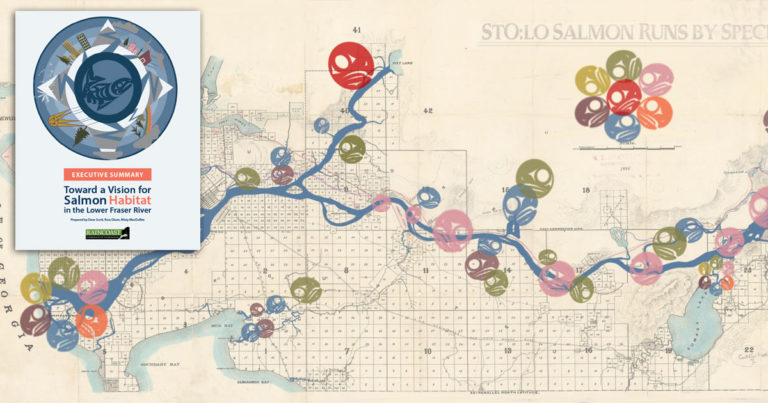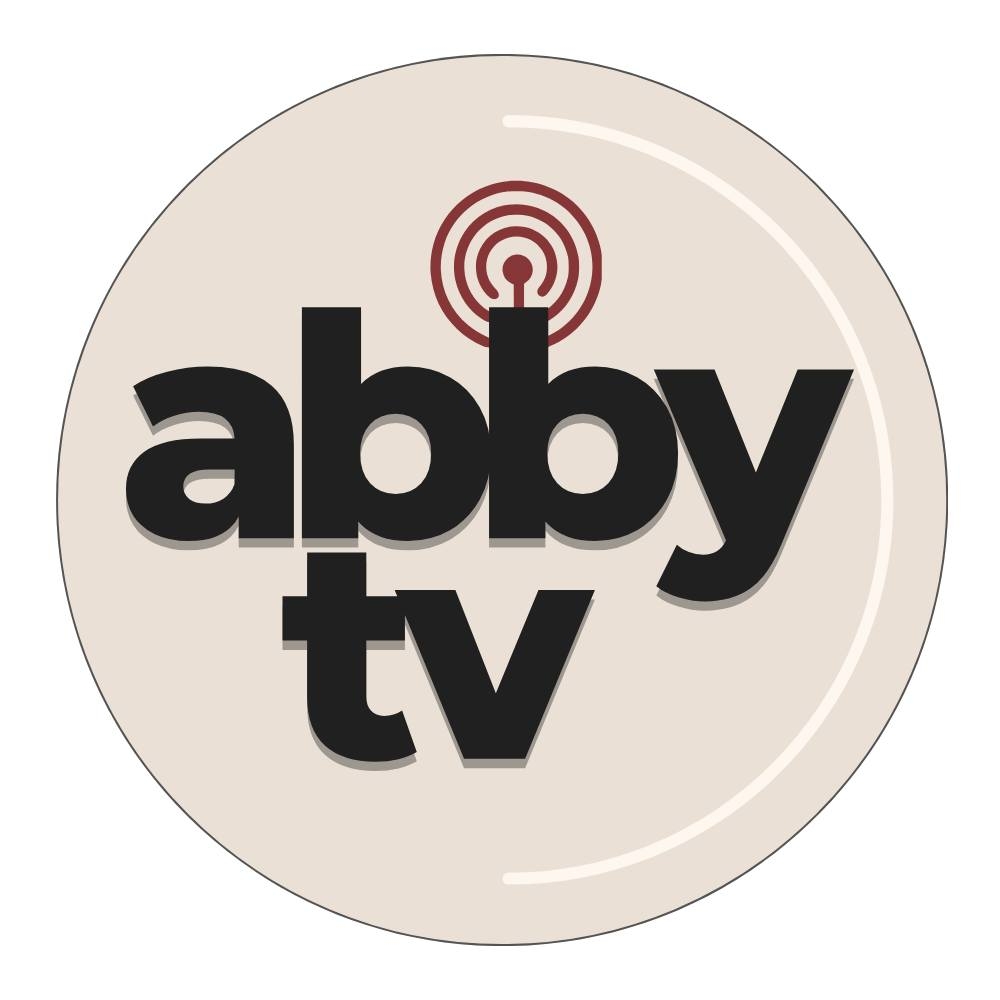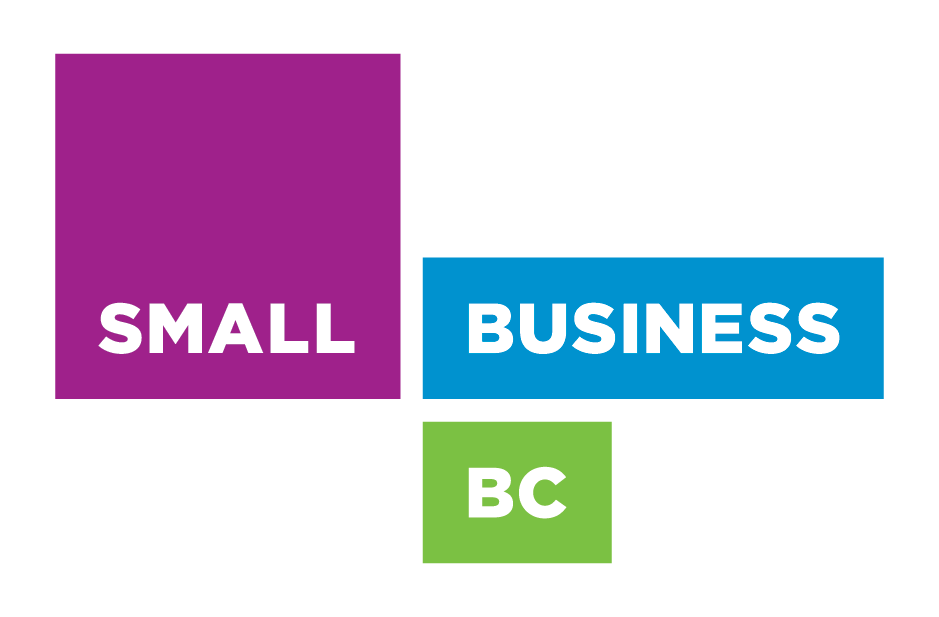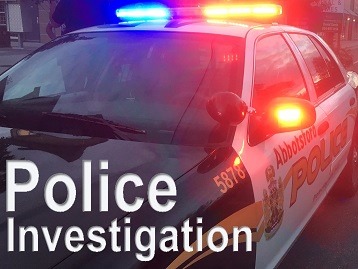Fraser Valley ( Dave Scott, Ross Dixon, Misty MacDuffee, with support from Riley Finn and Kristen Walters ) – The Raincoast Conservation Foundation has released a study including recommendations for salmon preservation as well as what government and local first nations can do in participating in greater conservation policies.
Following years of decline in the number of Chinook and sockeye salmon returning to the Fraser, the last two years have seen the lowest on record, with significant fisheries closures. Low abundance of coho and chum also constrain recreational and commercial fisheries. Even First Nation fisheries for food, social, and ceremonial purposes have been greatly reduced.
Yet, the Fraser watershed still hosts a remarkable diversity of populations within these species. Many Fraser salmon populations rely on habitat in the lower river to spawn and rear. All populations rely on the lower Fraser to migrate. Despite the Lower Fraser watershed representing less than 5% of the Fraser basin’s size, the lower river supports more than half of the Fraser River’s Chinook and chum, 65% of its coho, 80% of its pink, and significant stocks of sockeye salmon.
This report outlines the history of the Lower Fraser River, the state of salmon and their habitat, current and emerging threats to this habitat, the value of salmon, and the shifting political landscape in which these habitats must be protected and restored. We report on a community-based exercise to imagine a ‘vision’ for salmon habitat in the Lower Fraser. From community input and our findings, we recommend the following actions it to move toward a shared vision for salmon habitat in the Lower Fraser River:
- Collaborative efforts on habitat conservation and restoration
- Implementation of fish-first policies
- A legislated Fraser watershed plan
- Sustainable funding
- Rebuilding of monitoring and research capacity
- Investment in wild salmon education and youth engagement
FVN reached out to Dean Werk with the Fraser Valley Salmon Society for comment:
1. Collaborative efforts – it is going to take everyone and all
resources to save our wild salmon and Sturgeon – each user groups needs
to realize this is a crisis and the our efforts and time to come
together for the betterment of the fish is now….The
recent forming of the LFCT (Lower Fraser Collaborative Table – has been
making great headway of working together with First Nations,
Recreational and Commercial sectors – we have recently signed a LOU and
have committed to 4 or five more meeting up until Jan
2021 – this group has no government involvement at this time.
2. Not sure what this but suspect has to be – putting the fish
first….that would mean protection the fish at all cost but also
looking at managing the resource fair and equitable for all users…when
there is a true conservation concern for Salmon the
government needs to call it this and stop all salmon fishing for
everyone alike. Enforcement needs to be on the water – they need to
enforce FSC fishing and other fisheries so it is exactly what it is
said….there is other groups fishing (not fisherman of
any nature – illegal crime) now that never really were before and that
needs to stop. Protect the “Heart of the Fraser” it is truly the most
delicate eco system on the entire 900 mile river. The Heart of the
Fraser documentary will be played here in Chilliwack
(where the heart is) on April 30th / 2020 at Evergreen Hall at 6:30 pm – see the FVSS Facebook page
3. A plan for the future is essential….the entire watershed needs protection and restoration…
4. At all costs – there is nothing more important then saving wild salmon for the future generations….
5. Take care of the main points not looked after in the Federal
government mandated Cohen Inquiry – 75 points and we are far from
looking after the promises set out by the 25 million dollar
inquiry….Especially predation on fry and smolts migrating to
the salish sea and Atlantic fish farms and removing them form our
oceans…which are in the migratory route of our wild salmon
6. Education is the key to the future – getting the youth to come to the river is so meaningful….schools….
The Big Bar Crisis has brought us all together again and it has
only opened our eyes to the fact that there are so many issues with
Fraser River, predation, habitat, agriculture, plastics and
garbage…..biomass – lack of Salmon nutrients….Pike Minnows
– too many coarse fish….and on and on it goes…














